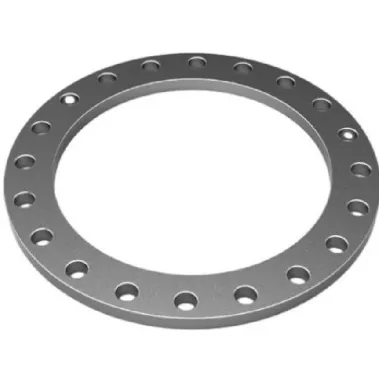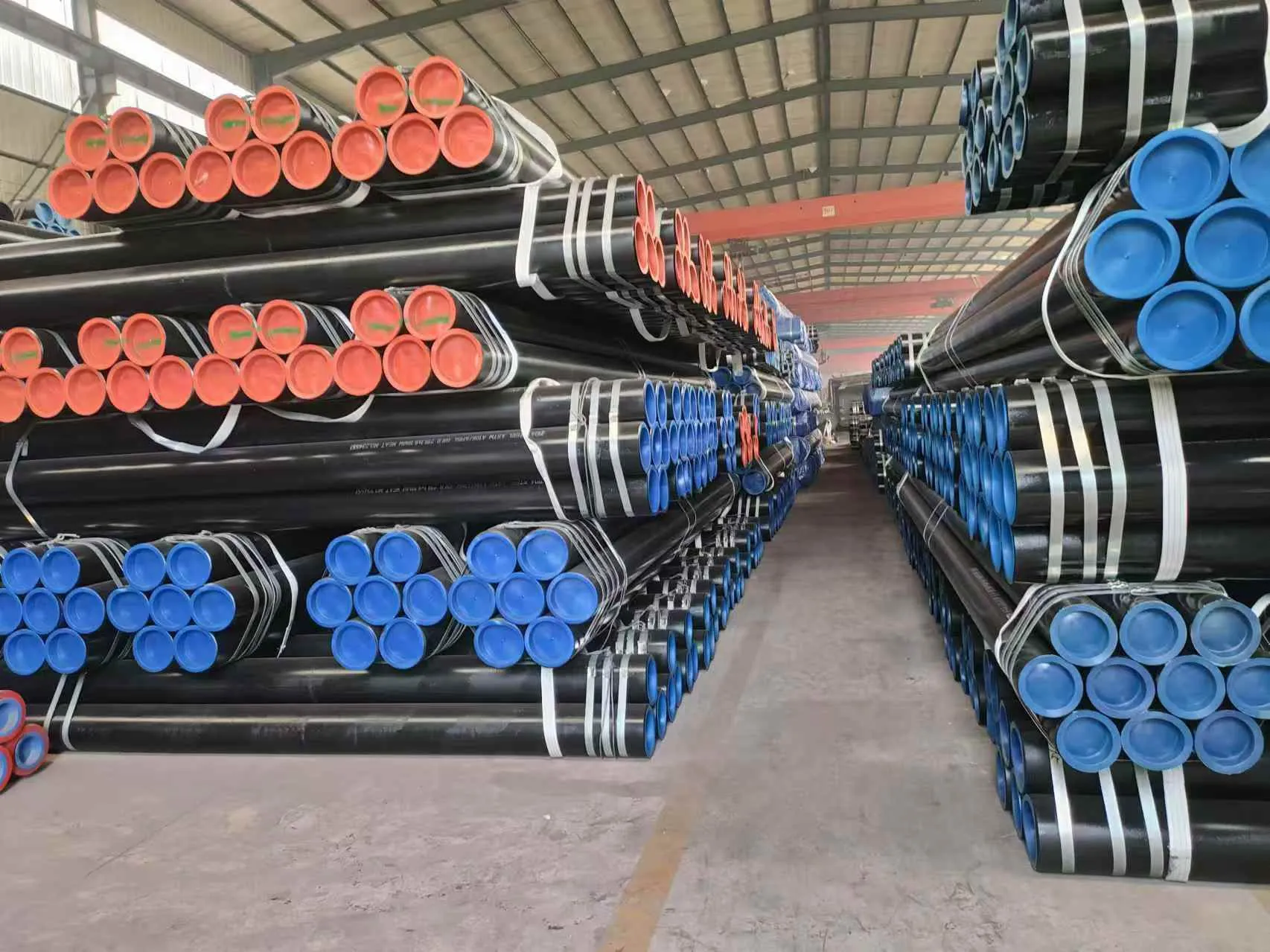-
Cangzhou Yulong Steel Co., Ltd.
-
Phone:
+86 13303177267 -
Email:
admin@ylsteelfittings.com
- English
- Arabic
- Italian
- Spanish
- Portuguese
- German
- kazakh
- Persian
- Greek
- French
- Russian
- Polish
- Thai
- Indonesian
- Vietnamese
- Zulu
- Korean
- Uzbek
- Hindi
- Serbian
- Malay
- Ukrainian
- Gujarati
- Haitian Creole
- hausa
- hawaiian
- Hebrew
- Miao
- Hungarian
- Icelandic
- igbo
- irish
- Japanese
- Javanese
- Kannada
- Khmer
- Rwandese
- Afrikaans
- Albanian
- Amharic
- Armenian
- Azerbaijani
- Basque
- Belarusian
- Bengali
- Bosnian
- Bulgarian
- Catalan
- Cebuano
- China
- China (Taiwan)
- Corsican
- Croatian
- Czech
- Danish
- Esperanto
- Estonian
- Finnish
- Frisian
- Galician
- Georgian
- Kurdish
- Kyrgyz
- Lao
- Latin
- Latvian
- Lithuanian
- Luxembourgish
- Macedonian
- Malgashi
- Malayalam
- Maltese
- Maori
- Marathi
- Mongolian
- Myanmar
- Nepali
- Norwegian
- Norwegian
- Occitan
- Pashto
- Dutch
- Punjabi
- Romanian
- Samoan
- Scottish Gaelic
- Sesotho
- Shona
- Sindhi
- Sinhala
- Slovak
- Slovenian
- Somali
- Sundanese
- Swahili
- Swedish
- Tagalog
- Tajik
- Tamil
- Tatar
- Telugu
- Turkish
- Turkmen
- Urdu
- Uighur
- Welsh
- Bantu
- Yiddish
- Yoruba

Jan . 26, 2025 04:32 Back to list
different types of pipe welding
Pipe welding is an intricate and essential process in various industries, showcasing diverse methodologies tailored for different applications. Mastering the art and science behind different types of pipe welding enhances not only the quality of the weld but also the longevity and safety of the pipelines involved. This comprehensive exploration delves into the most prominent types of pipe welding, offering insights grounded in experience, expertise, authoritativeness, and trustworthiness (E-E-A-T).
Flux Cored Arc Welding presents a twist to MIG, using a wire with a flux core that provides its shielding. Designed for thicker materials, FCAW can be employed in environments with drafts or gusts without a shielding gas, thus extending its utility outdoors. This method is particularly favored in heavy equipment repair and structural steelwork. The flux core wire not only works well in various positions but also tends to produce higher deposition rates, yet like SMAW, it may leave slag on the weld that needs cleaning. Submerged Arc Welding is renowned for its efficiency in large-scale industrial applications. Unlike the aforementioned methods, SAW involves a continuously fed consumable electrode and a layer of flux applied over the welding area, which melts to form a protective barrier. Used prominently in pipeline construction and shipbuilding, SAW is cherished for its deep penetration, minimal spatter, and high deposition rates. Though limited to horizontal welding positions, its applicability on thick materials is unmatched, producing strong and stable welds at impressive speeds. Transitioning from theory to practice, the choice of welding technique hinges on several factors material type and thickness, environment, speed requirements, and weld quality imperatives. Professionals seasoned in pipe welding recognize the significance of mastering multiple methods, allowing for adaptability and superior outcomes tailored to client specifications. The foundation of expertise in pipe welding lies in rigorous training and certification. Programs accredited by organizations like the American Welding Society (AWS) and the American Society of Mechanical Engineers (ASME) ensure welders are equipped with both theoretical knowledge and practical proficiency. Such formal training is integral in fostering trust and authority, as certified welders are seen as reliable architects capable of traversing the diverse landscape of pipe welding demands. In conclusion, a profound understanding of different types of pipe welding primes professionals to deliver superior results across numerous industrial sectors. By honing skills and embracing continuous learning, welders can not only fulfill immediate project demands but also propel their careers toward new heights, establishing themselves as esteemed experts in their field. With a steadfast commitment to quality, safety, and innovation, the world of pipe welding offers endless opportunities to explore and conquer.


Flux Cored Arc Welding presents a twist to MIG, using a wire with a flux core that provides its shielding. Designed for thicker materials, FCAW can be employed in environments with drafts or gusts without a shielding gas, thus extending its utility outdoors. This method is particularly favored in heavy equipment repair and structural steelwork. The flux core wire not only works well in various positions but also tends to produce higher deposition rates, yet like SMAW, it may leave slag on the weld that needs cleaning. Submerged Arc Welding is renowned for its efficiency in large-scale industrial applications. Unlike the aforementioned methods, SAW involves a continuously fed consumable electrode and a layer of flux applied over the welding area, which melts to form a protective barrier. Used prominently in pipeline construction and shipbuilding, SAW is cherished for its deep penetration, minimal spatter, and high deposition rates. Though limited to horizontal welding positions, its applicability on thick materials is unmatched, producing strong and stable welds at impressive speeds. Transitioning from theory to practice, the choice of welding technique hinges on several factors material type and thickness, environment, speed requirements, and weld quality imperatives. Professionals seasoned in pipe welding recognize the significance of mastering multiple methods, allowing for adaptability and superior outcomes tailored to client specifications. The foundation of expertise in pipe welding lies in rigorous training and certification. Programs accredited by organizations like the American Welding Society (AWS) and the American Society of Mechanical Engineers (ASME) ensure welders are equipped with both theoretical knowledge and practical proficiency. Such formal training is integral in fostering trust and authority, as certified welders are seen as reliable architects capable of traversing the diverse landscape of pipe welding demands. In conclusion, a profound understanding of different types of pipe welding primes professionals to deliver superior results across numerous industrial sectors. By honing skills and embracing continuous learning, welders can not only fulfill immediate project demands but also propel their careers toward new heights, establishing themselves as esteemed experts in their field. With a steadfast commitment to quality, safety, and innovation, the world of pipe welding offers endless opportunities to explore and conquer.
Next:
Latest news
-
ANSI 150P SS304 SO FLANGE
NewsFeb.14,2025
-
ASTM A333GR6 STEEL PIPE
NewsJan.20,2025
-
ANSI B16.5 WELDING NECK FLANGE
NewsJan.15,2026
-
ANSI B16.5 SLIP-ON FLANGE
NewsApr.19,2024
-
SABS 1123 FLANGE
NewsJan.15,2025
-
DIN86044 PLATE FLANGE
NewsApr.19,2024
-
DIN2527 BLIND FLANGE
NewsApr.12,2024
-
JIS B2311 Butt-Welding Fittings LR/SR 45°/90° /180°Seamless/Weld
NewsApr.23,2024











